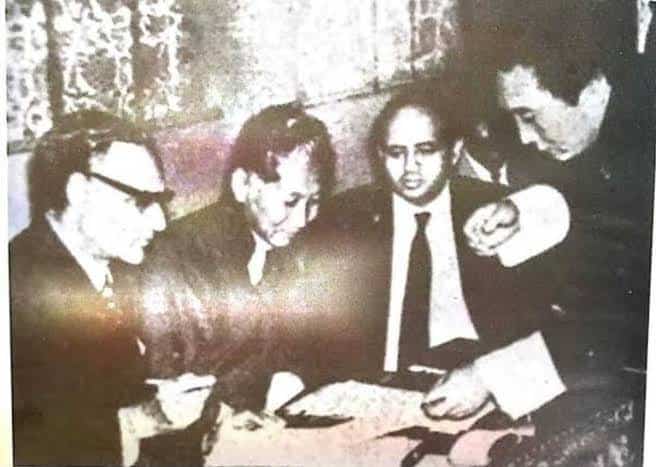Sikkim, a tiny Himalayan state, became part of India in 1975. Before 1975, it was an independent country with a monarchy-based political system. The history of Sikkim goes back to 1642 when three lamas crowned Phunstong Namgyal as the first Chogyal (spiritual king) of Sikkim.
Sikkim remained an independent state for almost 500 years until the British arrived in India as the East India Company. The British established a close relationship with Sikkim based on their mutual dislike of Nepal. Nepal, known for its warrior Gorkhas, attacked neighboring states, including Sikkim, to expand its kingdom during the 18th century. The then Chogyal fled to Tibet seeking asylum due to Nepal’s continuous attacks.
The Anglo-Nepalese war was fought between Nepal and the British from 1814-1816. Nepal lost the war, leading to the signing of the Treaty of Sugauli in 1816. Nepal had to give away parts of Sikkim, Kumaon, and Garhwal, which were previously captured by Nepal. In 1817, Sikkim and Britain signed a treaty known as the Treaty of Titalia, according to which Sikkim was subjugated to British jurisdiction but with some independence. Additionally, the British gained control over Darjeeling, which was previously part of Sikkim.
Until India gained independence in 1946, the relationship between Sikkim and the British remained unchanged. However, after India gained independence, the relationship between India and Sikkim was unclear. Two major questions were raised: would Sikkim remain an external protectorate, or would Sikkim become an Indian state?
In 1950, the Indo-Sikkimese Treaty made Sikkim an Indian protectorate, with India assuming responsibility for Sikkim’s external relations, defense, and strategic communications. India also held the right to station its armed forces in Sikkim. The move was opposed by Sardar Patel and B.N Rao, who were the constitutional advisors to the constituent assembly. They believed that Sikkim should be treated like other princely states and should not be given independence. Meanwhile, Jawaharlal Nehru had his reasons to defend the treaty. Firstly, he was an idealist who believed that force should not be used against Sikkim. In contrast, Nehru said: “If we bring a small country like Sikkim within our fold by using force, it would be like killing a fly with a bullet”. Secondly, Nehru believed that using force to capture Sikkim might invigorate China and encourage it to invade Tibet. However, in 1958, China invaded Tibet, ending a long period of Tibetan self-rule.
After the 1962 India-China war, Sikkim’s monarchy demanded greater external and internal autonomy. The Indian military presence in Sikkim had been increased after the 1962 war against Pakistan. This increased tensions and nervousness in the monarchy in Sikkim. After 1966, the monarchy demanded autonomy in the economy and trade too. The demand originated when the crown prince Palden Thendup Namgyal became the new Chogyal. Following the timeline, on April 4, 1973, protesters gathered outside the Chogyal’s palace demanding an end to the monarchy. In the same year, an agreement was signed on May 8 between the Indian government, Chogyal, and political parties of Sikkim, known as the Tripartite Agreement.
Soon after the agreement, elections were announced. After the elections, Kazi Lendup Dorjee who was leading the opposition party against chogyal became the first chief minister of Sikkim, however, the Tripartite agreement didn’t end the monarchy but on April 7 1975, the Indian government organized a coup against Chogyal and put him under house arrest, after the incident many letters were exchanged between Chogyal and Indira Gandhi. On April 26, 1975 the thirty-sixth Amendment Act was introduced by Indian government to make Sikkim part of India.

